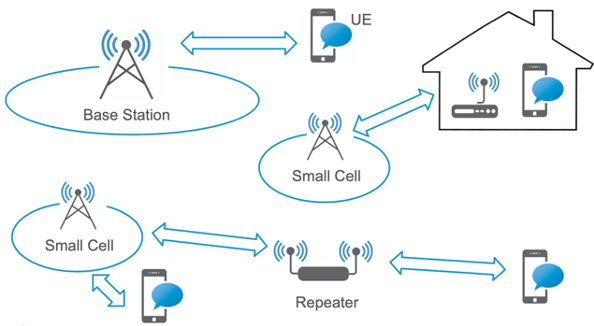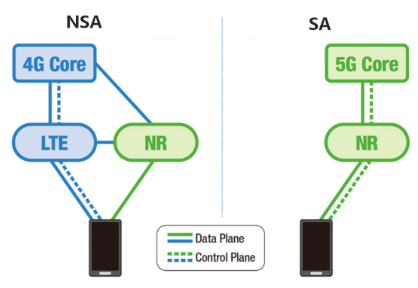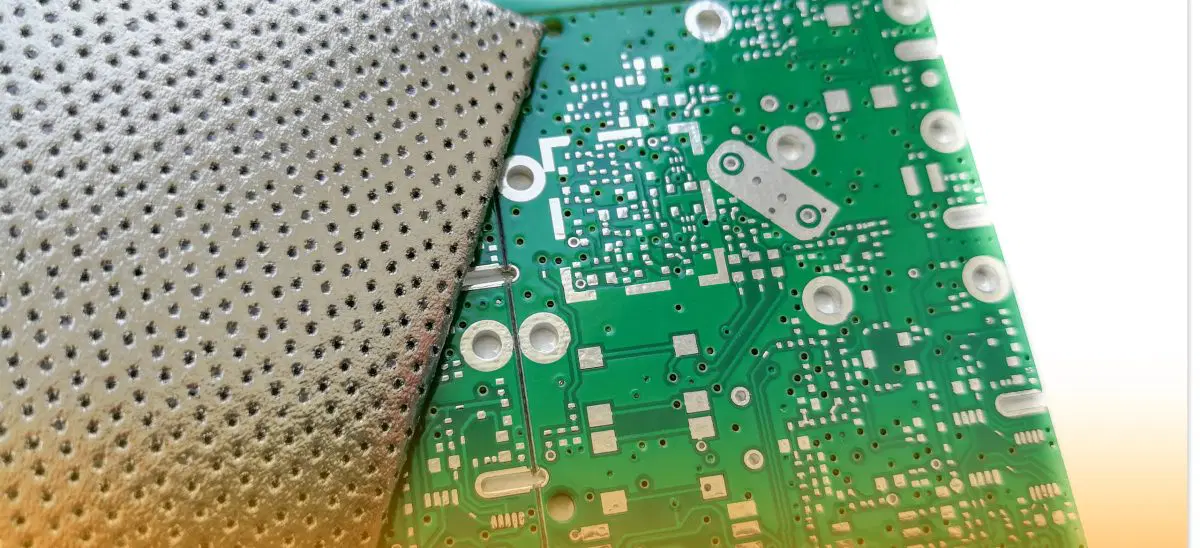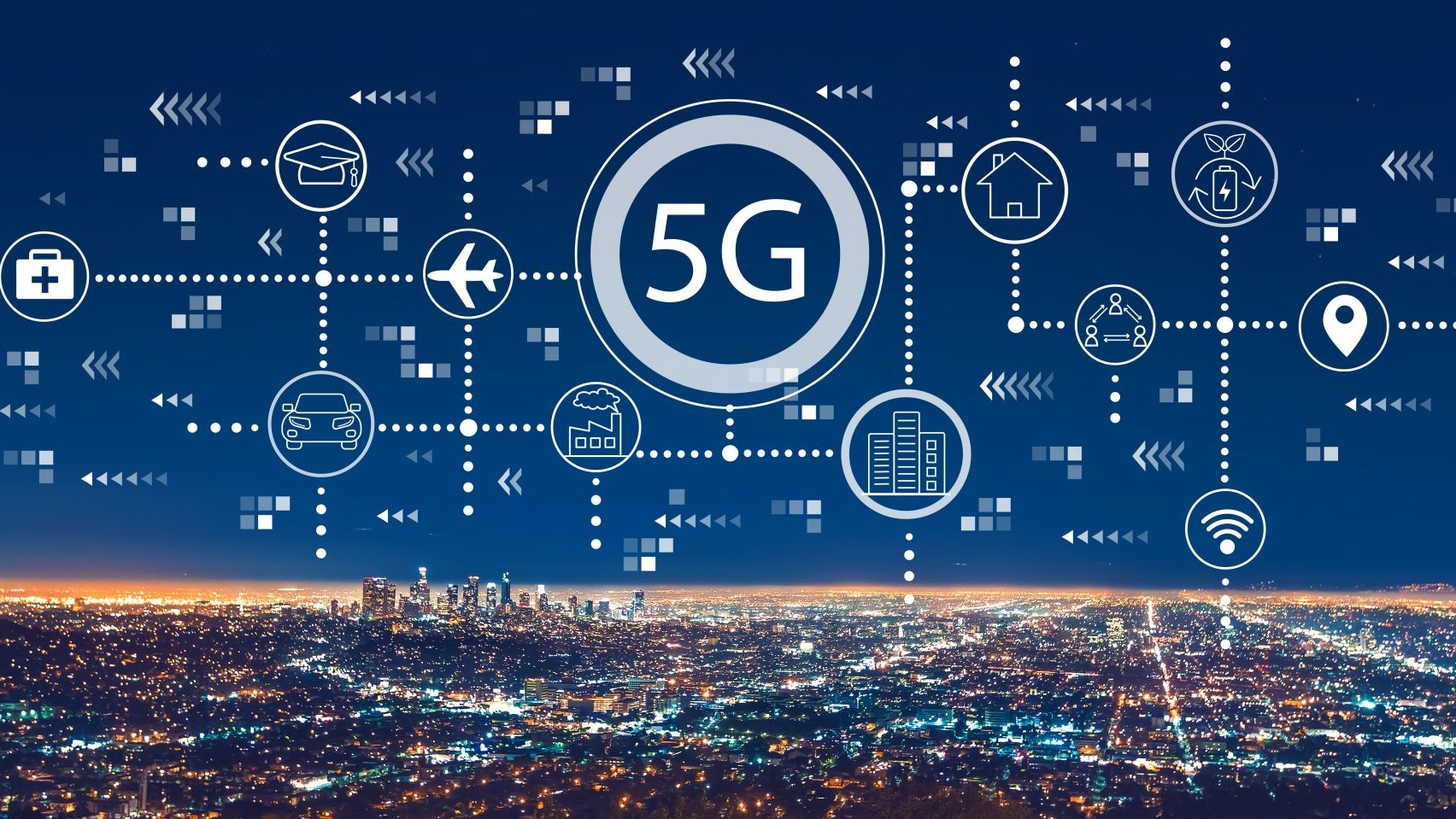 Overview
Overview
Rapid 5G deployment has driven the fast adoption of applications such as online education, telemedicine, and remote work. The surge in indoor 5G use cases highlights the need for small, low-cost, high-performance, low-power, and easy-to-deploy 5G small cells.
Definition of Small Cells
A small cell is a base station device that is much smaller than a traditional macro site in terms of product form, transmit power, and coverage. It can be considered a low-power wireless access point that may operate on licensed frequencies or combine with Wi-Fi using unlicensed access. Small cell transmit power typically ranges from 50 mW to 5 W, with coverage roughly between 10 and 200 meters.
Characteristics
Small cells are characterized by compact size, low transmit power, good controllability, intelligence, and flexible networking.
Indoor Deployment and Application Scenarios
Indoor environments are complex and require diverse coverage solutions. Traffic distribution can be uneven across high-, medium-, and low-demand areas, so indoor 5G network plans should use multiple types of network equipment to meet differentiated deployment needs. Beyond indoor areas, small cells also offer advantages in two other types of scenarios: outdoor discontinuous hotspot areas such as tourist sites, pedestrian streets, residential neighborhoods, and roads; and vertical industry environments such as mines, industrial parks, manufacturing sites, and warehouses and logistics.
As 5G shifts to higher frequency bands, macro base station signals suffer greater link loss when penetrating into buildings, leading to insufficient indoor coverage. Because an increasing amount of traffic originates indoors while extending macro coverage is costly, small cells offer a practical solution to improve indoor penetration and extend deep 5G coverage.
Optical Fiber Repeater Stations: Role and Architecture
In mobile communication networks, complete seamless coverage is often impractical due to cost, transmission constraints, or other factors. Repeater stations are commonly used to supplement base station coverage in blind spots. A fiber-fed repeater station uses optical fiber for signal transport, benefiting from low transmission loss and ease of cabling over long distances.
An optical fiber repeater station typically consists of an optical near-end unit, optical fiber, and an optical far-end unit (coverage unit). Both the optical near-end and far-end units include RF and optical modules. After the wireless signal is coupled from the base station, it is converted from electrical to optical form by the near-end unit, transmitted through the fiber, then converted back to electrical form by the far-end unit and amplified in its RF module. The amplified signal is then transmitted via an antenna to cover the target area. The uplink works in the reverse direction: a mobile device's uplink signal is received by the far-end antenna, converted and sent through the fiber to the near-end unit, and then returned to the base station. This describes the basic working principle of an optical fiber repeater station.
Applications and Benefits of Repeater Stations
Repeater stations can extend service range and eliminate coverage blind spots caused by obstacles such as mountains, buildings, and trees. They can increase field strength and expand coverage in suburban areas, improve coverage along highways, and address indoor coverage issues in large buildings, underground shopping centers, and tunnels where signal attenuation is significant. Repeater stations can also redirect signals from idle base stations into congested coverage areas to help balance traffic load.
Market Trends and Prospects
With the rapid development of the mobile communications industry, subscriber numbers have grown and cell layouts have become denser, pushing repeater stations closer to the ground. At the same time, the growth of high-rise urban construction creates frequent blind or weak signal zones behind or within tall buildings due to radio shadowing. During cell deployment, antenna radiation patterns may have significant downward tilt to mitigate inter-cell interference, leaving upper portions of tall buildings inadequately served. These factors support a substantial application outlook for optical fiber repeater stations in urban and dense deployments.
 ALLPCB
ALLPCB







